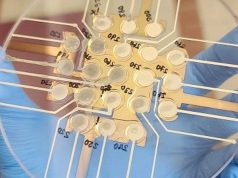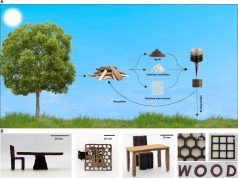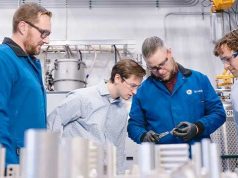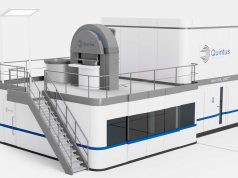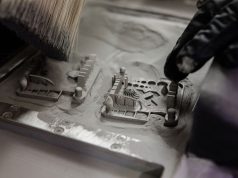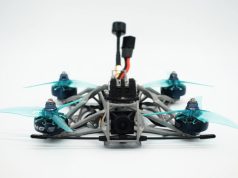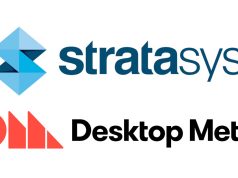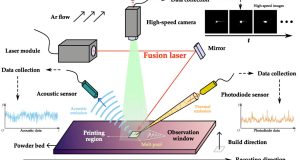3D printing is an additive manufacturing technology that helps manufacturing industry create prototypes easily. Virtual designs are created and stored by computer-aided design (CAD) with 3D modeling software. Once a model is created, a 3D printer will print the image by laying down definitive, discreet layers, and create the object layer-by-layer.
What are main hazards associated with 3D printing?
The hazards associated with 3D printing are related to the processes and technologies applied. These exposures can be dangerous when associated with ultraviolet light (UV)/ laser beams. The burns from molten materials, electrical/shock, electromechanical force are unsafe to anyone who are exposed to it. The ultrafine and/or toxic smoke, fumes and dusts can be easily inhaled.
The industry has classified additive manufacturing processes into seven categories including:
- Material Extrusion
In this process, plastic filament or metal wire is placed to a heated nozzle. Filament materials often include: acrylonitrile butadiene styrene (ABS)resin, or polylactic acid (PLA).
- Vat Photo-Polymerization
Vat of liquid photopolymer resin are used to create a model which is then constructed layer by layer. It is hardened using ultra-violet light source.
- Binder Jetting
To bind the alternating layers of the model, powder base materials and liquid binder are applied to it. It is used to bind the materials.
- Material Jetting
Material droplets are applied through a small nozzle. It can be either a continuous or Drop on Demand (DOD) approach, and then hardened by UV light.
- Directed Energy Deposition
It is commonly used in high-tech metal industry and rapid manufacturing applications.
- Sheet Lamination
Sheet materials are bound together with external force, like ultrasonic welding.
- Powder Bed Fusion
Uses a high power laser to fuse small particles of plastic to form a three-dimensional shape.
Inhalation and related systemic exposure to hazardous agents.
What are some specific hazards associated with 3D printing processes?
Many 3D printing processes use thermoplastics and other materials. These materials are heated, extruded, and/or fused using high energy sources. This process releases tiny particle clouds and fumes in the nanoparticle range.
Exposure to high concentrations of nanoparticles
Being exposed to these particles has been associated with adverse health effects. These effects include cardio-pulmonary and respiratory effects, cancer, asthma, and nervous system effects.
Skin or respiratory irritant/sensitizers
Some materials used in 3D printing such as thermoplastics and photopolymers may contain toxic or hazardous monomers when activated by heat or Ultra Violet (UV) light U/V light. This may also pose a radiation hazard to operators’ the eyes or skin.
Biological material hazards
Some workers may be exposed to aerosols containing biological materials or bio-hazardous agents. Appropriate biosafety and other engineering controls must be considered.
Some materials used in 3D printing (eg. Decomposition products) have been shown to have toxic effects. These hazards may be significant, thus installation designs must consider the adequacy of exhaust ventilation or filtration.
There are also hazards associated with support materials
Due to the hazardous nature of some materials and applications, Standard Operating Procedures (SOPs) are required as a minimum standard especially when they are used in the laboratory.
In addition to health hazards, examples of specific hazards of 3d printing equipment may include:
- Ultraviolet radiation – UV lamp. Don’t look at the lamp; make sure UV screen is intact.
- Hot surfaces – Print head block, heated beds and UV lamp
- High voltage/Electric risk – Electric outlet, UV lamp connector and ground wire.
- Moving parts – Printing assembly.
What makes a 3D printer safe?
There are a few things that you must keep in mind to know whether a 3D printer is safe or not.
Mechanical safety
3D printers contain many moving parts. When researching for a safe 3D printer, you should keep in mind that moving gears that are not covered have potential risk and try to avoid using poor design 3d printers.
Risk of burns
Most 3D printers can reach temperatures up to 280°C and the heated bed up to 120°C. Thus, there is potential risk of getting burned. A 3D printer is regarded as safe if the nozzle is surrounded by an aluminum cover to prevent from direct contact.
Firstly, you should check if the power supply meets all CE mark regulations. It should also be protected against short-circuit, overload, over voltage and over temperature.
The hot-end of the printer must contain thermal runaway protection. By using a thermal fuse, it will stop all power supplied to the heater in the event of any over temp condition.
Last thing, a smoke sensor separately powered by the machine should be in place, when smoke is detected, all power supplied to the heater is cut off.
Safety 3D Printed Objects
Re-using the object is not recommended because of all the crevices and micropores that your 3D printed object will have.
So is the object you’ve printed safe?
It depends on what kind of object you’re printing. For example, if you’re creating a connector between the legs and the seat for a chair. Then, it’s better to print it using super strong material yet a bit flexible such as Nylon.
Is the object used as cutlery?
If the answer is yes, then you will have to post-process your object with a food-safe glaze, even on a single-use / disposable basis.
Conclusion
High-tech industries are trying to replace traditional manufacturing by adopting 3d printing. And there are lots of hazard and risks associated with 3d printing, which could do great harm to 3d printer operator’s health and safety and cause tremendous loss to business and family.
Therefore, to avoid tragedies from happening, we are calling the 3d printing industry to pay more attention to 3d printing safety because prevention is always better than cure.
Subscribe to our Newsletter
3DPResso is a weekly newsletter that links to the most exciting global stories from the 3D printing and additive manufacturing industry.




